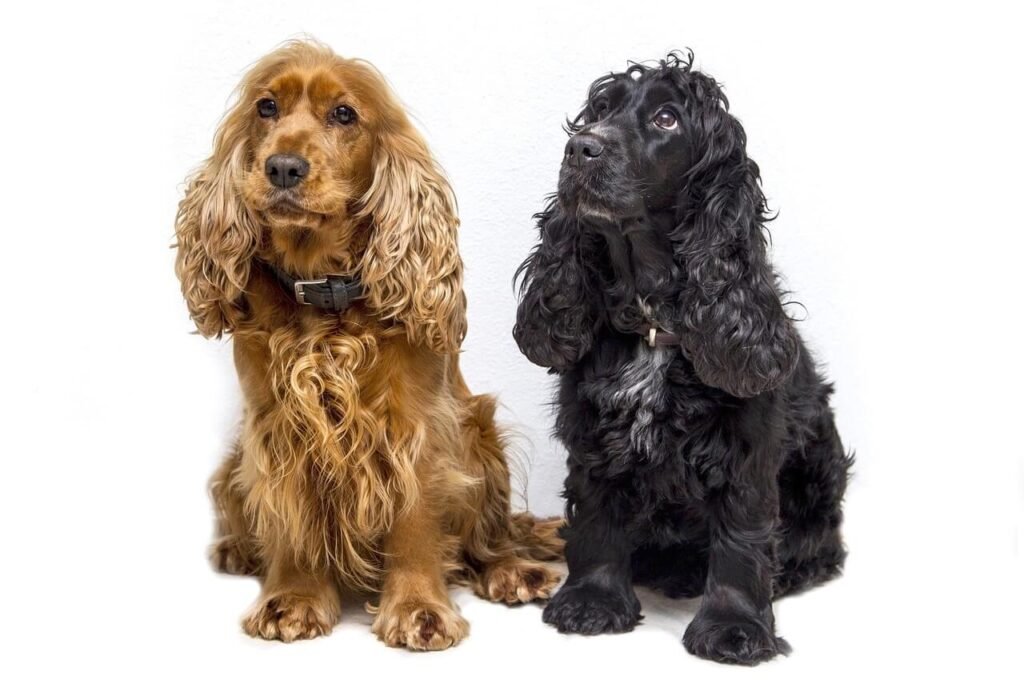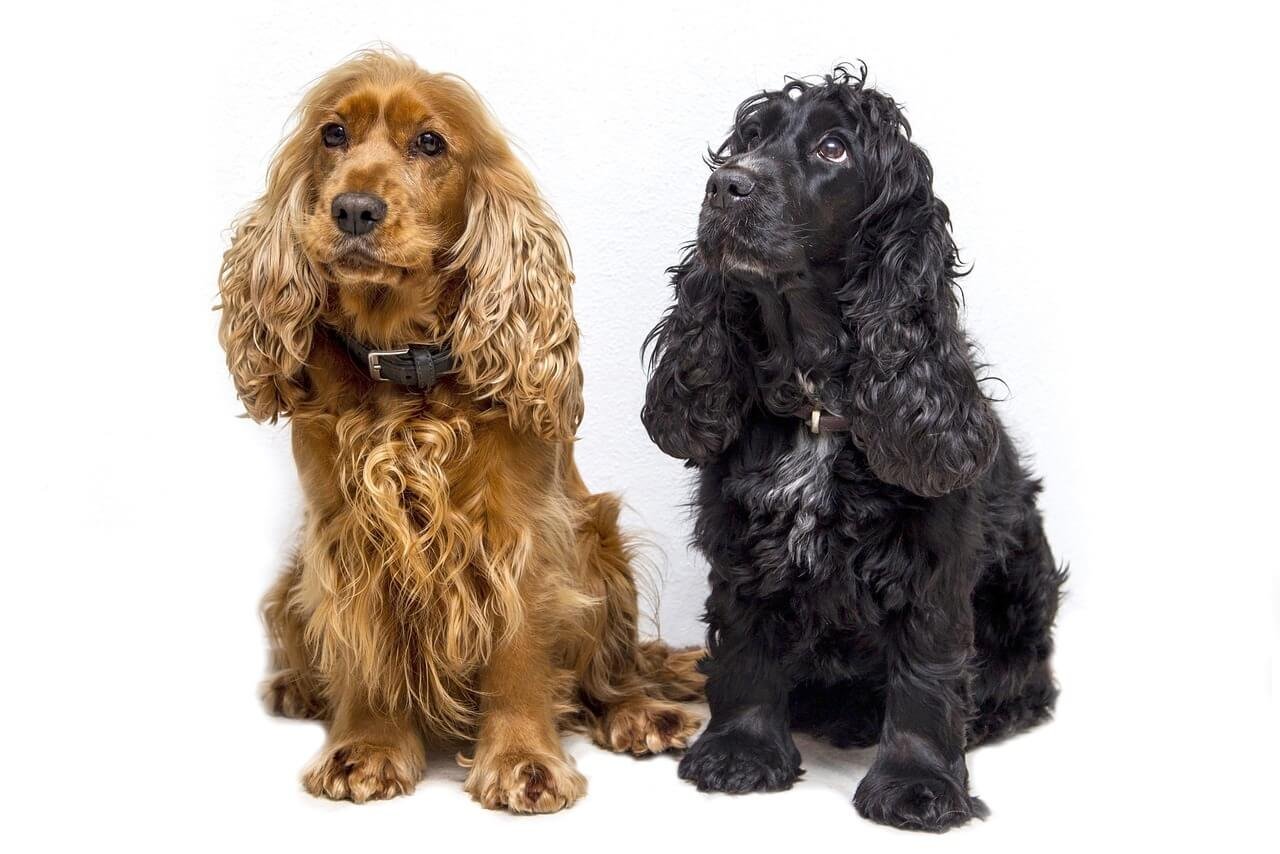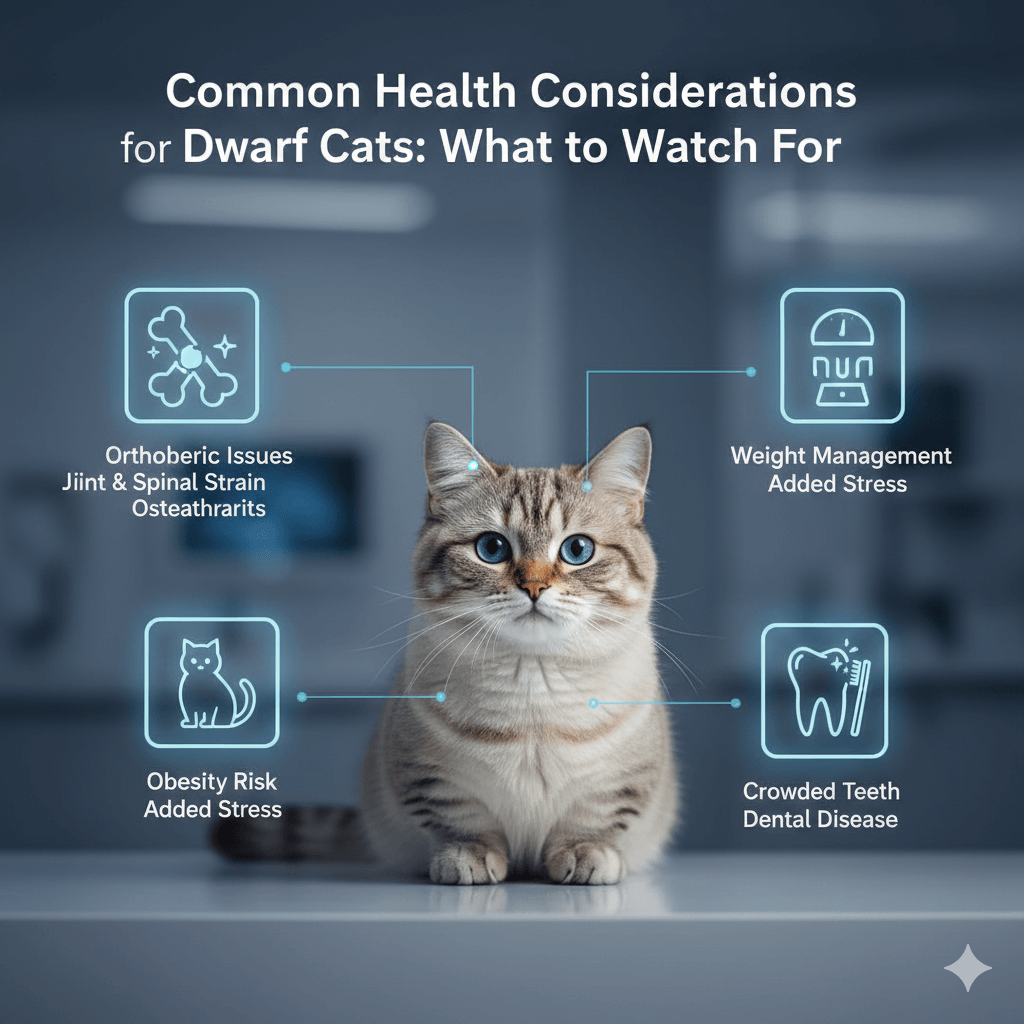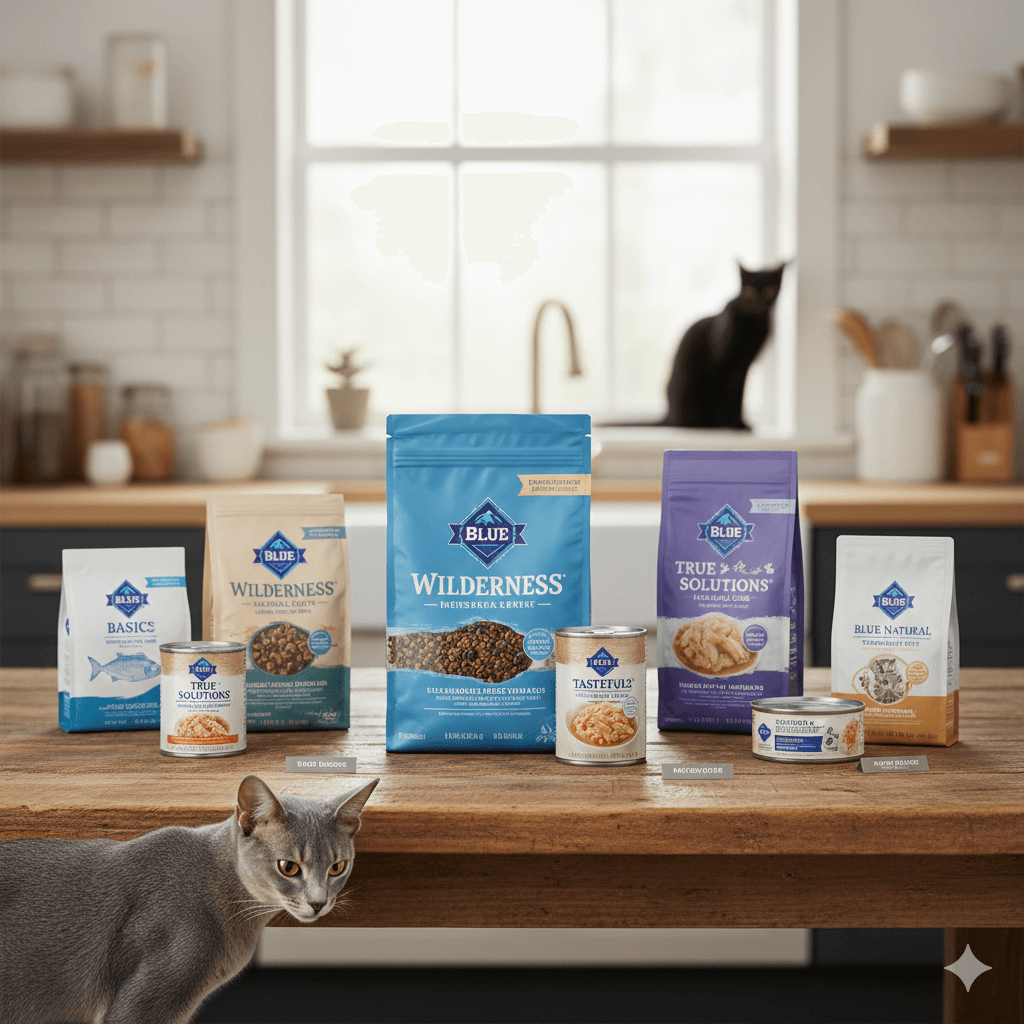Why Does My Dog Only Eat When Im Home? Understanding Your Pup’s Eating Habits
Have you ever noticed that your dog seems to lose interest in their food the moment you step out of the house? It’s a common concern among pet owners, and while it might feel puzzling at first, there are several reasons behind this behavior. Dogs are not just animals; they’re social beings who thrive on connection and routine. For many pups, mealtime isn’t just about sustenance—it’s also an opportunity to bond with you. In this blog post, we’ll explore why your furry friend might only eat when you’re around, what it could mean for their well-being, and how you can encourage healthier eating habits without compromising your schedule or their happiness.
Possible Reasons Behind Your Dog’s Selective Eating Behavior
If your dog refuses to eat unless you’re home, there’s no need to panic. This behavior is often linked to emotional, psychological, or environmental factors. Here are some possible explanations:
Emotional Attachment:
Dogs form strong bonds with their owners, and your presence may make them feel safe and secure enough to enjoy their meals.Routine Dependency:
Many dogs rely heavily on routines. If they’ve grown accustomed to having you nearby during feeding times, any change can disrupt their appetite.Anxiety or Stress:
Separation anxiety or stress caused by being alone can suppress your dog’s hunger and lead to skipped meals.Attention-Seeking Behavior:
Some dogs learn that refusing food gets them attention from their owners, reinforcing this pattern over time.Health Concerns:
While less common, underlying health issues like dental pain or digestive problems might cause reluctance to eat independently.
Understanding these potential causes is the first step toward addressing the issue. By identifying the root of your dog’s behavior, you can create strategies to help them feel more comfortable eating even when you’re not around.
Tips to Encourage Independent Eating Habits
Helping your dog adjust to eating without you present requires patience and consistency. Below are practical tips to guide you through the process:
Establish a Consistent Feeding Schedule:
Set specific times for meals each day so your dog knows when to expect food, regardless of whether you’re home.Create a Calm Environment:
Ensure the feeding area is quiet, free from distractions, and feels safe for your pup.Gradually Increase Alone Time:
Start by leaving the room briefly during meals and slowly extend the duration as your dog becomes more comfortable.Use Positive Reinforcement:
Reward your dog with praise or treats after they finish their meal to build positive associations with independent eating.Avoid Giving In to Begging:
Consistently sticking to your plan will prevent reinforcing attention-seeking behaviors related to mealtime.
These strategies can help ease your dog into feeling confident about eating solo. Remember, progress takes time, so celebrate small victories along the way!
Check this guide 👉Why Your Dog Cries in the Crate at Night: Best 7 Tips!
Check this guide 👉Why Is My Dog Nipping at Visitors? Best 7 Behavior Tips!
Check this guide 👉Why Does My Dog Eat So Fast? Best 7 Health Tips!

Signs Your Dog May Be Stressed During Mealtime | Ways to Help Them Feel More Comfortable |
|---|---|
Refusing food when left alone | Offer calming toys or music during meals |
Panting excessively near the food bowl | Provide a designated “safe space” for dining |
Whining or barking persistently | Stick to a predictable daily routine |
Hiding or avoiding the feeding area | Avoid sudden changes in diet or environment |
Vomiting or showing signs of nausea | Consult a vet to rule out medical issues |
Common Mistakes to Avoid When Training Your Dog to Eat Independently
While helping your dog adapt to eating without you, certain missteps can unintentionally hinder progress. Being aware of these pitfalls can save both you and your pup unnecessary frustration:
Changing Food Too Frequently:
Switching brands or flavors too often can confuse your dog and disrupt their appetite.Forcing Them to Eat:
Pressuring your dog to finish their meal can create negative associations with food.Ignoring Signs of Illness:
Overlooking symptoms like lethargy or vomiting might delay necessary veterinary care.Leaving Food Out All Day:
Free-feeding can reduce motivation to eat at set times, making training harder.Neglecting Mental Stimulation:
A bored dog may use mealtime as a way to seek attention rather than nourishment.
By steering clear of these mistakes, you’ll create a smoother transition toward fostering independence in your dog’s eating habits.
How to Recognize Normal vs. Problematic Eating Patterns
Not all selective eating behaviors indicate a problem. Knowing how to differentiate between normal quirks and red flags ensures your dog stays healthy and happy:
Normal Behavior:
Skipping a meal occasionally but resuming normal eating patterns afterward.Problematic Behavior:
Consistently refusing food for more than 24 hours or showing extreme weight loss.Normal Behavior:
Preferring one type of food over another based on taste preferences.Problematic Behavior:
Suddenly rejecting all types of food, including favorites, without explanation.Normal Behavior:
Eating slowly or taking breaks during meals due to individual temperament.
Being mindful of these distinctions empowers you to respond appropriately to your dog’s needs while maintaining peace of mind.
How to Make Mealtime More Enjoyable for Your Dog
Transforming mealtime into a positive and engaging experience can encourage your dog to eat independently. Here are some creative ideas to try:
Use Interactive Feeders:
Interactive bowls or puzzle toys can stimulate your dog’s mind and make eating feel like a fun challenge.Incorporate Treat Dispensers:
Devices that release treats gradually can keep your dog entertained and motivated to eat.Add Tasty Toppers:
Sprinkling a small amount of wet food, broth, or grated cheese on top of dry kibble can enhance flavor and entice your pup.Rotate Toys During Meals:
Introducing new feeding toys periodically keeps things exciting and prevents boredom.Create a Reward System:
Offer verbal praise or a quick play session after meals to reinforce positive associations with eating.
By making mealtimes more enjoyable, you’ll help your dog associate food with happiness, even when you’re not around.
Signs Your Dog Feels Safe While Eating
A dog who feels secure during mealtime is more likely to eat consistently, whether you’re home or not. Look for these signs to gauge their comfort level:
Relaxed Body Language:
A calm posture, loose wagging tail, and perked-up ears indicate your dog feels at ease.Consistent Appetite:
Regularly finishing meals within a reasonable timeframe shows confidence in their environment.No Guarding Behavior:
A lack of growling, snapping, or possessiveness around the food bowl suggests trust in their surroundings.Engagement with Surroundings:
If your dog looks up occasionally or interacts with nearby objects, they likely feel safe and relaxed.Willingness to Eat Alone:
Gradually increasing independence during meals reflects growing comfort with solo dining.
Recognizing these signs will give you valuable insights into your dog’s emotional state and help you address any lingering concerns effectively.
Steps to Build Your Dog’s Confidence Around Food
Boosting your dog’s confidence can go a long way in helping them eat without needing constant reassurance from you. Try these steps to nurture their self-assurance:
Start with Short Absences:
Leave the room for just a few minutes during meals and return before they finish eating.Use Calming Scents:
Essential oils like lavender (safe for pets) or familiar scents such as your worn clothing can provide comfort.Practice Positive Affirmations:
Speak softly and reassuringly while placing the food bowl down to create a sense of security.Encourage Solo Play Near the Bowl:
Place toys near the feeding area to associate the space with fun and relaxation.Celebrate Small Wins:
Acknowledge improvements, no matter how minor, to motivate continued progress.
Building confidence takes time, but these strategies will lay a strong foundation for your dog’s journey toward independent eating habits.
Frequently Asked Questions About Dogs Who Only Eat When Their Owners Are Home
Is it normal for my dog to wait for me before eating?
Yes, many dogs naturally prefer eating in the presence of their owners because of the bond they share. However, excessive dependence may require intervention.
Could my dog’s refusal to eat be a sign of illness?
It’s possible. If your dog consistently avoids food or shows other symptoms like vomiting or diarrhea, consult a veterinarian promptly.
Should I punish my dog for not eating when I’m gone?
No, punishment can worsen anxiety and damage trust. Instead, focus on positive reinforcement techniques.
How long should I wait before removing uneaten food?
Leaving food out for 20–30 minutes is ideal. Afterward, remove it and offer fresh food at the next scheduled mealtime.
Can changing my dog’s diet help?
Sometimes switching to a high-quality or more appealing food can spark interest, but avoid frequent changes to prevent confusion.
Building Trust and Independence Around Mealtime
Helping your dog feel comfortable eating without you doesn’t have to be stressful—for either of you! With patience, understanding, and consistent effort, you can foster a sense of security that allows your pup to thrive even when you’re away. Remember, every dog is unique, and finding what works best for yours may take time. Celebrate incremental successes, stay attuned to their needs, and don’t hesitate to seek professional advice if challenges persist. At the end of the day, nurturing a healthy relationship with food strengthens the incredible bond you already share with your four-legged companion.
Is Royal Canin Good Cat Food? Best 7 Expert Tips! Learn the truth about this brand & get vet-approved advice on feeding, ingredients, and tailored formulas.
Dwarf Cat Lifespan: Best 7 Expert Tips! Discover how to ensure a long, healthy, and happy life for your short-legged feline companion.
Blue Buffalo Cat Food: Best 7 Expert Tips! Discover how to choose the right formula, feeding strategies, and nutritional benefits for your feline friend.
Canned Pumpkin for Cat Diarrhea: Best 7 Expert Tips! Natural remedy to firm stools, soothe upset bellies, and support gut health safely.





